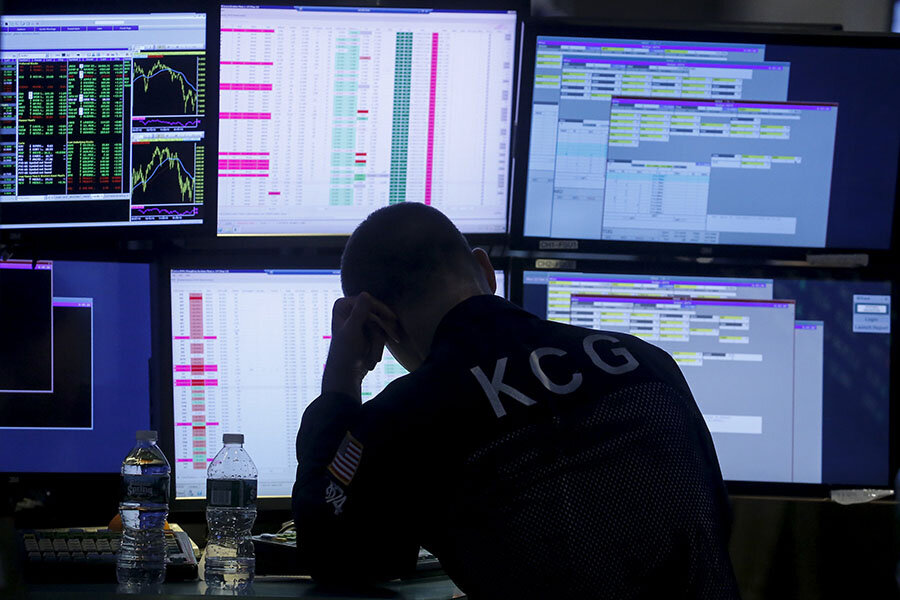How laddering your certificates of deposit could pay off
Loading...
Laddering certificates of deposit (CDs) allows you to enjoy the relatively high returns of these vehicles while adding greater liquidity. By dividing your funds into several CDs of staggered lengths as opposed to a single long-term CD, you ensure that a portion of your investment becomes accessible on a regular basis, either to use or to reinvest. And laddering has particular significance this year. As the Federal Reserve finally prepares to raise interest rates, laddering CDs will ensure that you'll be ready to benefit from any increases by selecting new CDs.
There are two key reasons to consider such a strategy in the months ahead.
Likely Higher Returns
On any given day, banks offer higher interest rates on a longer CD than for a shorter one. However, with interest rates expected to rise in the coming months, you may realize better returns in the long run by putting some of your money into a shorter CD. For instance, you might put half your money in a 24-month CD and half in a 12-month CD. While the shorter CD will offer a lower rate than the longer one, the shorter term will allow you to take advantage of a new 12-month rate that might surpass your original 24-month CD rate.
Laddering CDs also earns more interest than interest-bearing savings accounts, without sacrificing too much liquidity. The early withdrawal penalty for CDs often leads people to forgo them and simply keep money in savings accounts, even though the average interest rate for savings in January 2017 was just 0.06% —the same as the average rate for 1-month CDs, and well below the 0.22% rate for a 12-month CD. Although there are several high-interest online savings accounts that earn better rates than the longest CDs, such accounts these come with lower deposit limits, which may prevent you from earning those rates on your entire savings balance.
Greater Financial Flexibility
Dividing your money into several CDs also makes it more accessible. Since each CD comes with costly penalties for withdrawing the funds before the end of the term, earning a good return requires avoiding early withdrawals completely. Having your money distributed across multiple, shorter terms ensures that you'll always be close to having penalty-free access to at least a portion of that money. By contrast, putting everything into one long-term CD will mean that any unexpected financial need will force you to break the CD and return the interest you've earned.
If you open CDs on an overlapping basis, it's possible to have some of your savings available on a near-constant basis for emergencies. For example, you might open a 3-month and a 6-month CD in January. When the first CD comes due at the beginning of April, you'll only need to wait three more months for the longer CD to end. And because many banks automatically renew your CDs if you don't actively change them, you can simply let them roll over if you don't need to withdraw the money. Depending on how frequently you need access to your savings, you can simply add more rungs to your ladder by adding more CDs in between.
Laddering isn't limited to CDs, by the way. Any financial vehicle with a fixed return and a maturity date can be laddered, including bonds. One advantage to laddered bonds, compared with laddered CDs, is the effect on your taxes. While bonds are taxed according to the capital gains rate of 15% or 20%, the interest you earn on certificates of deposit are taxed at a rate equal to your income bracket. Since for most people, income tax rates are higher than the capital gains rate, interest earned from CDs will be taxed more heavily than those from non-insured investments such as bonds.
This story originally appeared on ValuePenguin.







